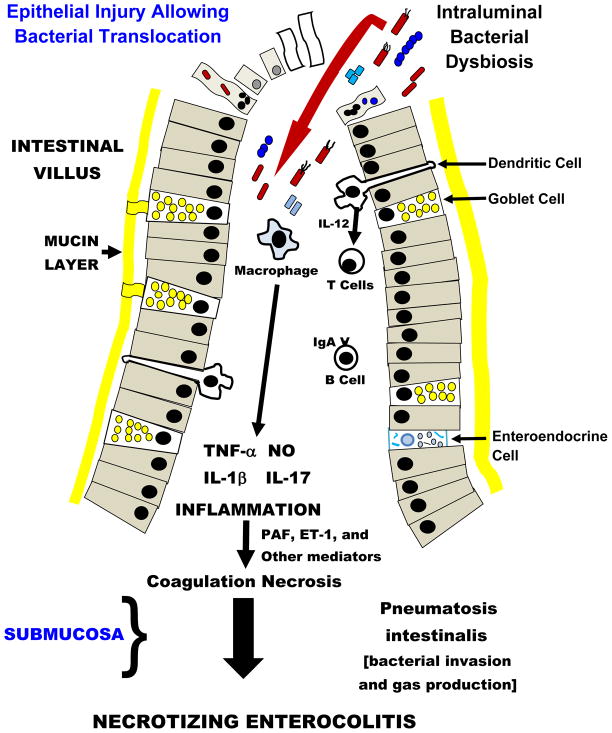Fig 1. Traditional “Top Down” Hypothesis of Necrotizing Enterocolitis.
Intraluminal bacterial dysbiosis causes activation of epithelial cell pathogen-associated molecular pattern receptors, especially Toll-like Receptor 4, and may induce either apoptosis (identified as small nucleated cells) or necrosis (identified as ghost cells). Bacterial invasion of epithelia can also initiate anoikis (apoptosis and cell detachment from the basement membrane – cells with bacteria and micronuclei). Failure of the epithelial barrier allows bacterial translocation and results in a vigorous inflammatory response and causes coagulation necrosis, a constant submucosal finding in necrotizing enterocolitis (NEC). The invading bacteria also gain access to the submucosa, where they ferment sugar and make gas-filled bullae called pneumatosis intestinalis. Please note there is no mention of Paneth cells in this conceptual pathophysiology for NEC.

